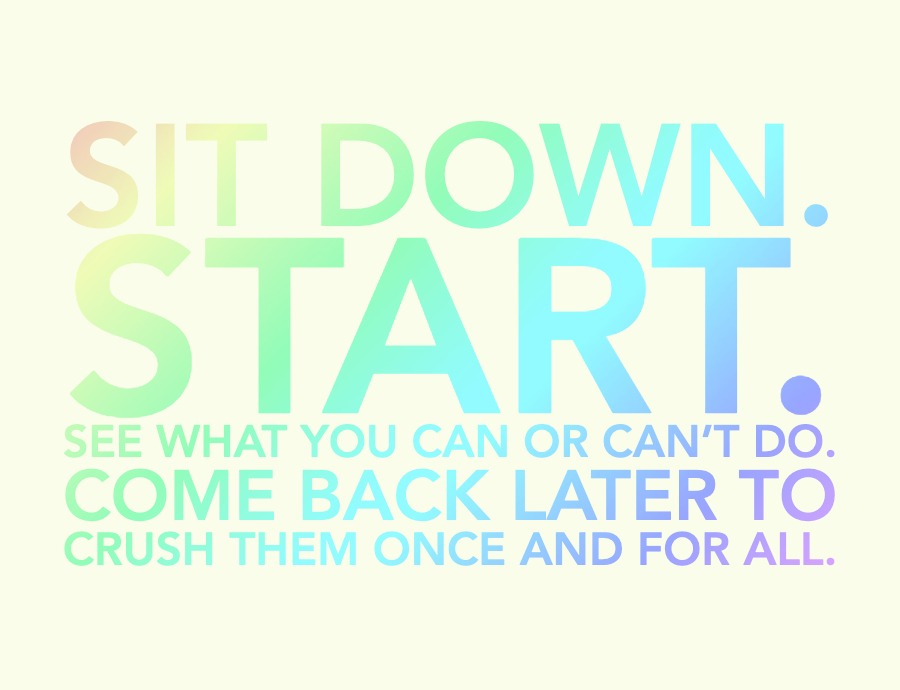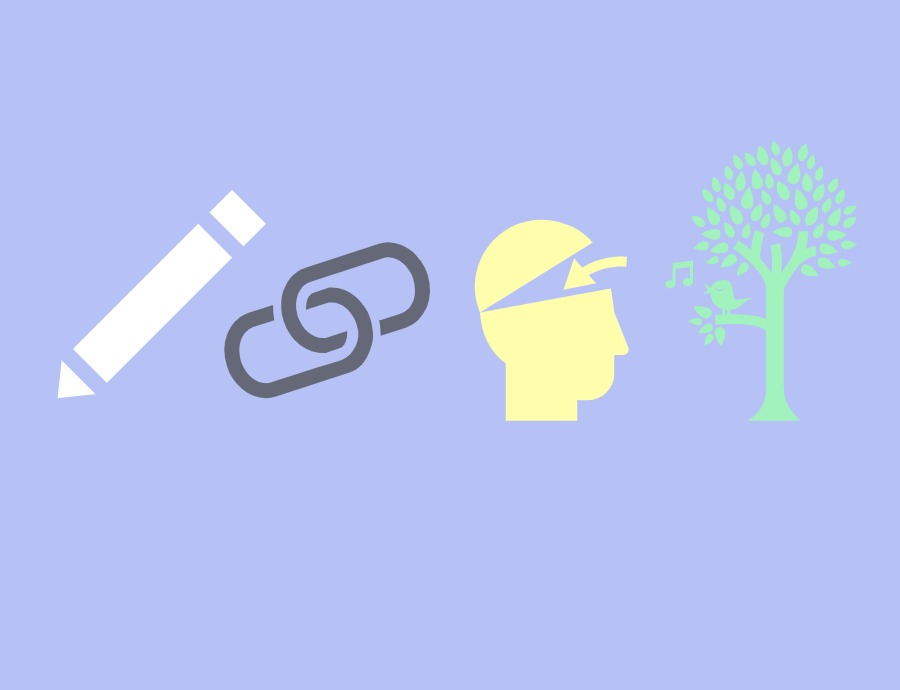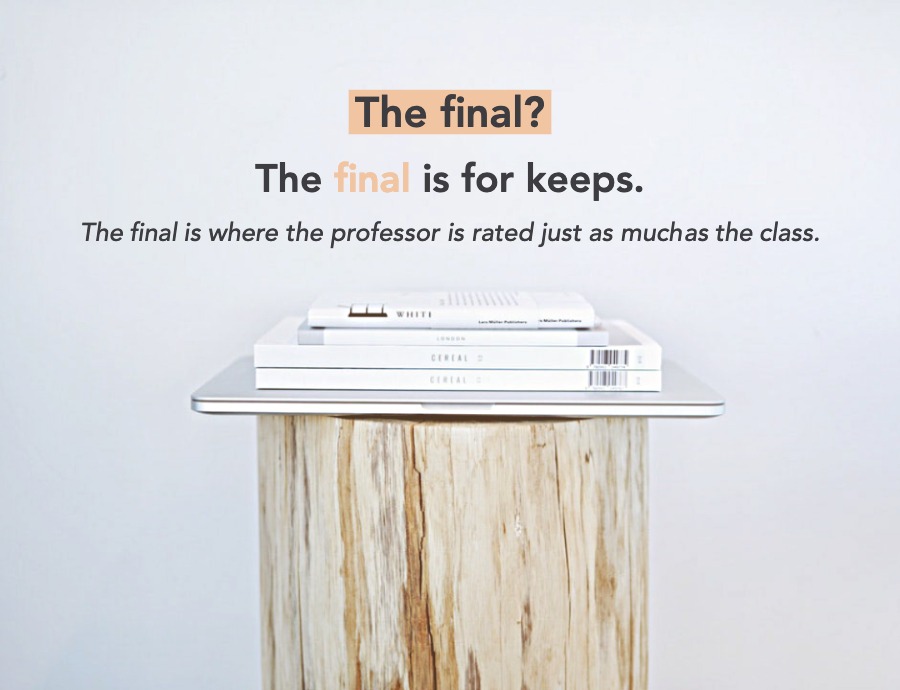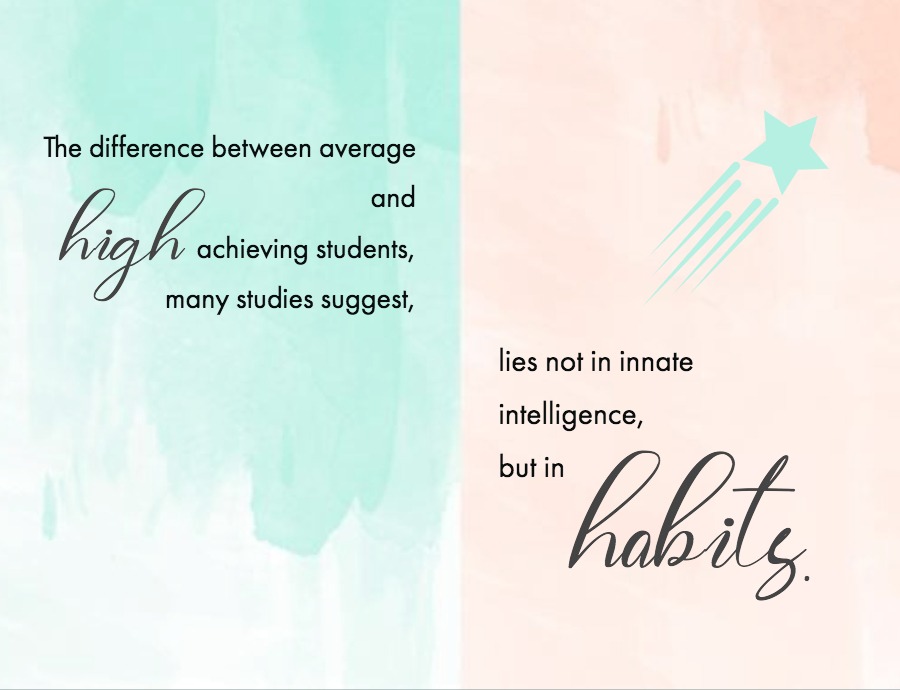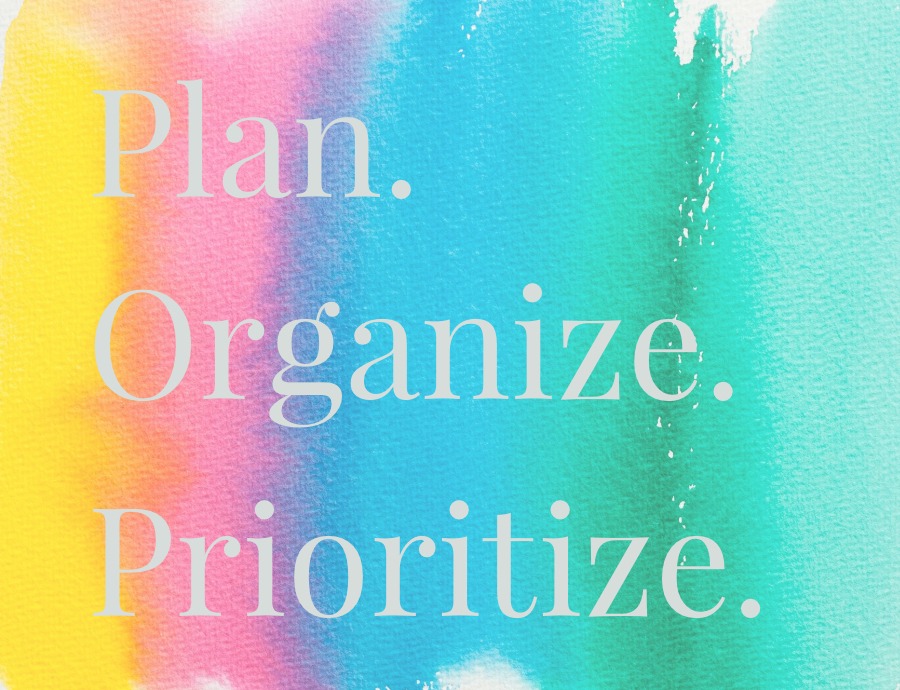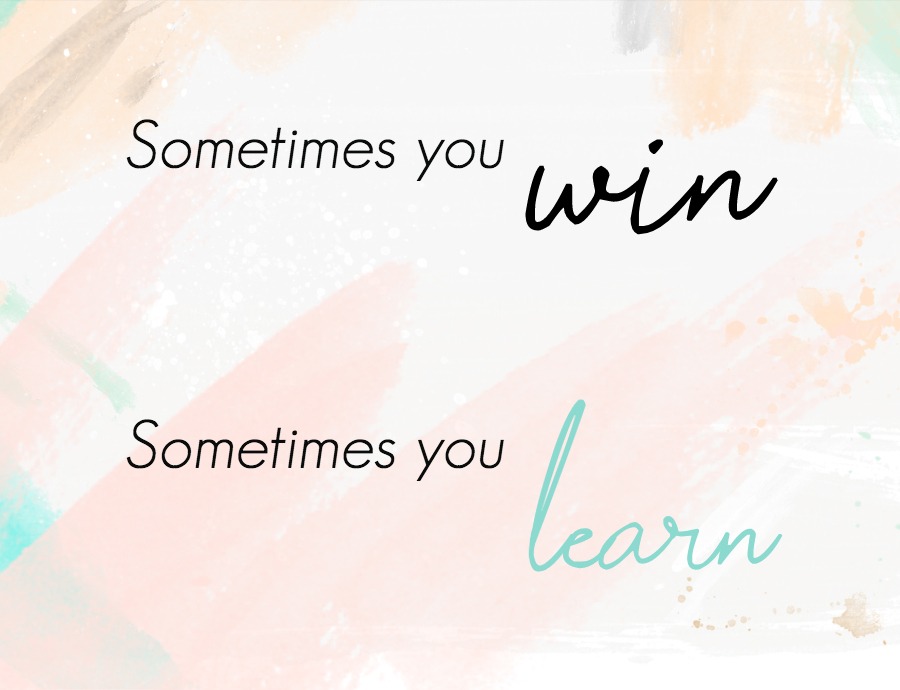The mind is a tiny bird of awareness perched on the back of a giant subconscious hippopotamus. Which would you rather use to break through problems? The little bird is us, our conscious focus, and it has to peck-peck-peck at problems, literally bashing its head off difficult tasks for hours on end. But that big hippo can just stomp right over almost anything without even noticing. And you can make that hippo work for you!
Most people selling stuff based on “the power of your subconscious mind” are, well, they’re calling your conscious mind stupid, then hoping they’re right when they advertise Quantum Vape Yoga Business Management (or whatever). But our subconscious strategy works well. Because it begins with you working as well!
The key is iteration. Working on problems more than once gives you free extra work from your unconscious mind. The pressures of scheduling (and procrastination!) often leave students squeezing everything into a single session, “I’ll do chem on Thursday then bio on Friday”. That’s understandable. You want to get this done! You want to sit down, work for a while, and then it’s over with one way or the other. But that approach leads to lots of wasted time and frustration.
Instead you should work on a problem until you’re not making any more progress, then change to something else. This “switching gears” gives your brain the feeling of a break without actually stopping working, and lets you accelerate into a fresh subject instead of getting bogged down in the same old problem.
More importantly that first attempt at the problem seeds your subconscious. And while you’re working on other things, going to sleep, running around during the day, even eating and drinking, that giant subconscious hippopotamus is chewing away at all the background problems. When people return to the same problem they often find they suddenly “see” something they couldn’t before. It’s not just because they’re fresh. It’s because that big hippo has stomped all over the obstacles.
But that spectacular semiaquatic subconscious can’t start on any problems until it’s seen them. That’s why you should look at problems long before you’re intending to finish them. Start problem sets as soon as you get them, not the night before they’re due. You might think this takes too much time — we can’t just do more work on everything, there aren’t enough hours in the day — but these early sessions are so much faster. Because you don’t need to get everything done. You’re not grinding away until they’re finished. You just sit down, start them all, see what you can or can’t do, then come back later to crush them once and for all!
Most people selling stuff based on “the power of your subconscious mind” are, well, they’re calling your conscious mind stupid, then hoping they’re right when they advertise Quantum Vape Yoga Business Management (or whatever). But our subconscious strategy works well. Because it begins with you working as well!
The key is iteration. Working on problems more than once gives you free extra work from your unconscious mind. The pressures of scheduling (and procrastination!) often leave students squeezing everything into a single session, “I’ll do chem on Thursday then bio on Friday”. That’s understandable. You want to get this done! You want to sit down, work for a while, and then it’s over with one way or the other. But that approach leads to lots of wasted time and frustration.
Instead you should work on a problem until you’re not making any more progress, then change to something else. This “switching gears” gives your brain the feeling of a break without actually stopping working, and lets you accelerate into a fresh subject instead of getting bogged down in the same old problem.
Make your hippo work for you!
More importantly that first attempt at the problem seeds your subconscious. And while you’re working on other things, going to sleep, running around during the day, even eating and drinking, that giant subconscious hippopotamus is chewing away at all the background problems. When people return to the same problem they often find they suddenly “see” something they couldn’t before. It’s not just because they’re fresh. It’s because that big hippo has stomped all over the obstacles.
But that spectacular semiaquatic subconscious can’t start on any problems until it’s seen them. That’s why you should look at problems long before you’re intending to finish them. Start problem sets as soon as you get them, not the night before they’re due. You might think this takes too much time — we can’t just do more work on everything, there aren’t enough hours in the day — but these early sessions are so much faster. Because you don’t need to get everything done. You’re not grinding away until they’re finished. You just sit down, start them all, see what you can or can’t do, then come back later to crush them once and for all!

